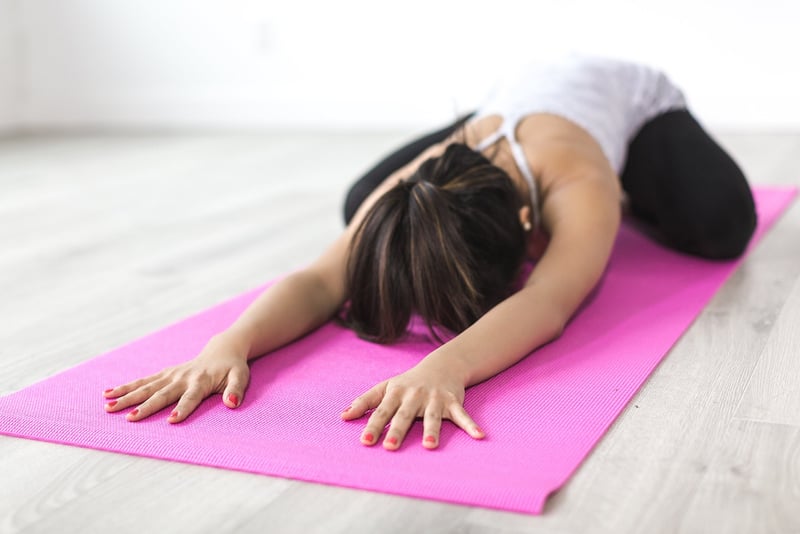Pranayama Exercises
Enhance Your Well-being with Breath Control Exercises and Pranayama Techniques
Mastering breath control is a powerful tool that can positively impact your physical, mental, and emotional well-being. Incorporating pranayama exercises, a fundamental aspect of yoga, into your daily routine can bring about a multitude of benefits. Let's explore some simple yet effective exercises that focus on breath control and pranayama techniques.
1. Diaphragmatic Breathing
Diaphragmatic breathing, also known as belly breathing, involves breathing deeply into your diaphragm to promote relaxation and reduce stress. To practice diaphragmatic breathing:
- Lie down comfortably on your back or sit in a chair with your spine straight.
- Place one hand on your chest and the other on your abdomen.
- Inhale deeply through your nose, allowing your abdomen to rise while keeping your chest relatively still.
- Exhale slowly through your mouth, feeling your abdomen fall.
- Repeat this for several breaths, focusing on the sensation of your breath moving in and out.

2. Alternate Nostril Breathing (Nadi Shodhana)
Nadi Shodhana is a pranayama technique that helps balance the flow of energy in the body and calm the mind. To practice alternate nostril breathing:
- Sit comfortably with your spine straight and shoulders relaxed.
- Place your left hand on your left knee with the palm open to the sky.
- Use your right thumb to close your right nostril and inhale through your left nostril.
- Close your left nostril with your right ring finger, release your right nostril, and exhale.
- Inhale through your right nostril, close it, and exhale through your left nostril.
- Continue this cycle for several breaths, focusing on the smooth flow of breath.

3. Box Breathing
Box breathing is a simple technique that can help reduce anxiety and improve concentration. To practice box breathing:
- Sit or stand in a comfortable position with your back straight.
- Inhale deeply for a count of four seconds.
- Hold your breath for another count of four seconds.
- Exhale slowly for four seconds.
- Hold your breath again for four seconds before starting the cycle over.
- Repeat this pattern for several rounds, focusing on the rhythmic nature of your breath.

By incorporating these breath control exercises and pranayama techniques into your daily routine, you can cultivate a sense of calm, improve your lung capacity, and enhance your overall well-being. Remember to practice regularly and listen to your body's needs as you explore the transformative power of breath.
Stay tuned for more tips and insights on holistic well-being!
